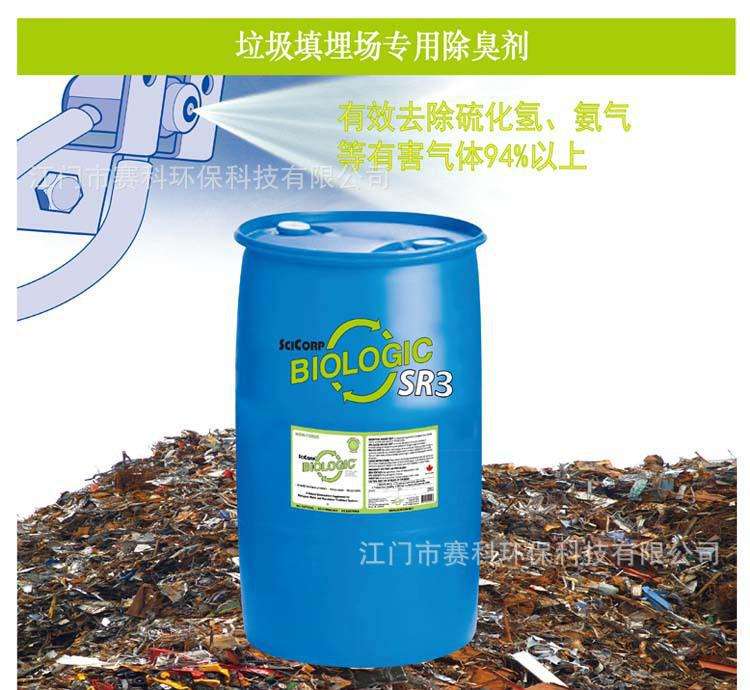What are the benefits of biological deodorants
Microorganisms are the use of optimization to select useful microbial communities with high concentrations and activity from various natural sources. These biological bacteria can suppress the biochemical activity of odorogenic microorganisms in waste and utilize certain odors as their own nutrients, effectively reducing the rate of waste decay and the degree of foul odor produced.
Biological deodorants can remove odorous gases such as hydrogen sulfide and ammonia, reduce the COD and ammonia nitrogen content in wastewater, improve the purification rate of wastewater, have no side effects on human health, animals and plants, and do not cause pollution to the environment. Microbial waste deodorants contain multiple strains with strong decomposition ability, and there is a symbiotic relationship between each strain, forming a functional group that is beneficial for microorganisms to suppress the ulceration and decomposition of ulcer pathogens, and transform them into fermentation and decomposition. The presence of organic acids can degrade (distinguish), absorb, and fix N and S oxides.

The biodegradation of foul smelling substances is the limiting stage of the process of waste deodorants, and it can be seen that microorganisms are at the center of biological deodorization. The metabolites that occur after microbial digestion and absorption of foul smelling substances continue to be absorbed and digested as nutrients for other microorganisms, and the cycle leads to the gradual degradation of foul smelling substances. Fungi grow rapidly, and the constructed filter can effectively increase the contact area with gas, making it suitable for insoluble odors. These substances can be used as nutrients through specific microorganisms. After extracting these substances, microorganisms can decompose them into odorless substances through their own physical and chemical interactions.
In practical use, a relatively simple device is used to sprinkle a solution of microbial bacteria on the surface of waste, reducing the speed and degree of waste decay, and achieving deodorization. The waste treated by this method in the waste transfer station will contain a solution containing a large amount of microorganisms, which will enter the waste kneading leakage liquid. This not only eliminates the odor of the kneading liquid, but also reduces the BOD in the waste leakage liquid The concentration of COD, the removal of odor in the discharge path of the leakage liquid from the compression station, and the direct sprinkling of the solution on the surface of the waste will reduce the volatilization of dust and also help improve the indoor air quality of the transfer station.
Article source: Deodorant manufacturer http://www.scneng.com.hk
-
06-11
"Environmental Doctor" Du Siyuan: Environmental Protection is a Lifestyle Attitude
There is a Hong Kong compatriot in Jiangmen who often frequents various farms and plantations, walks in mechanical factories, and is seen by others as the nemesis of environmental problems. He conside
-
03-16
Deodorant manufacturer: Deodorants reduce soil pollution
Waste is a chaotic mixture of various components. The accumulation of debris on the surface of soil can cause some chemical reactions, releasing harmful gases, which can lead to soil pollution and eve
-
12-01
Deodorant Manufacturers: Differences between Microbial Deodorants and Traditional Deodorants
The waste that is not needed in our daily life and work is called waste. Due to the large amount of waste discharged and the complex categories, there are great difficulties in reducing waste and deod
-
11-08
Application of Deodorant Manufacturers in Domestic Waste Treatment
Garbage is the waste generated in everyone's daily life and work. Due to its large discharge volume and complex and diverse composition, it poses great difficulties in reducing and deodorizing wa
